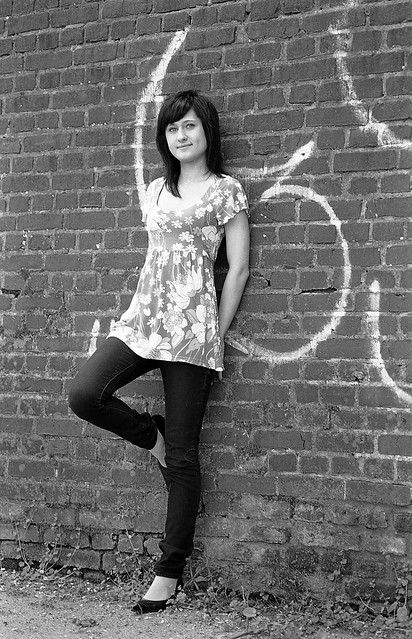charjohncarter
Veteran
Yes, it is like the film I used 40 years ago. 25 minutes was too long and it over developed, but just slightly. I will shoot (I think) at 10-12 EI and then develop for 20 minutes, HC-110, 1:125, 15 seconds initial agitation, then 1 inversion each five minutes (3 total), 68 degrees. I hope this will give some compensation and the reduced time will lower the contrast. At least that is my plan now, but I might think of something different. Donald Qualls suggested this (or close to it) scheme and he seems to be in the ballpark.












